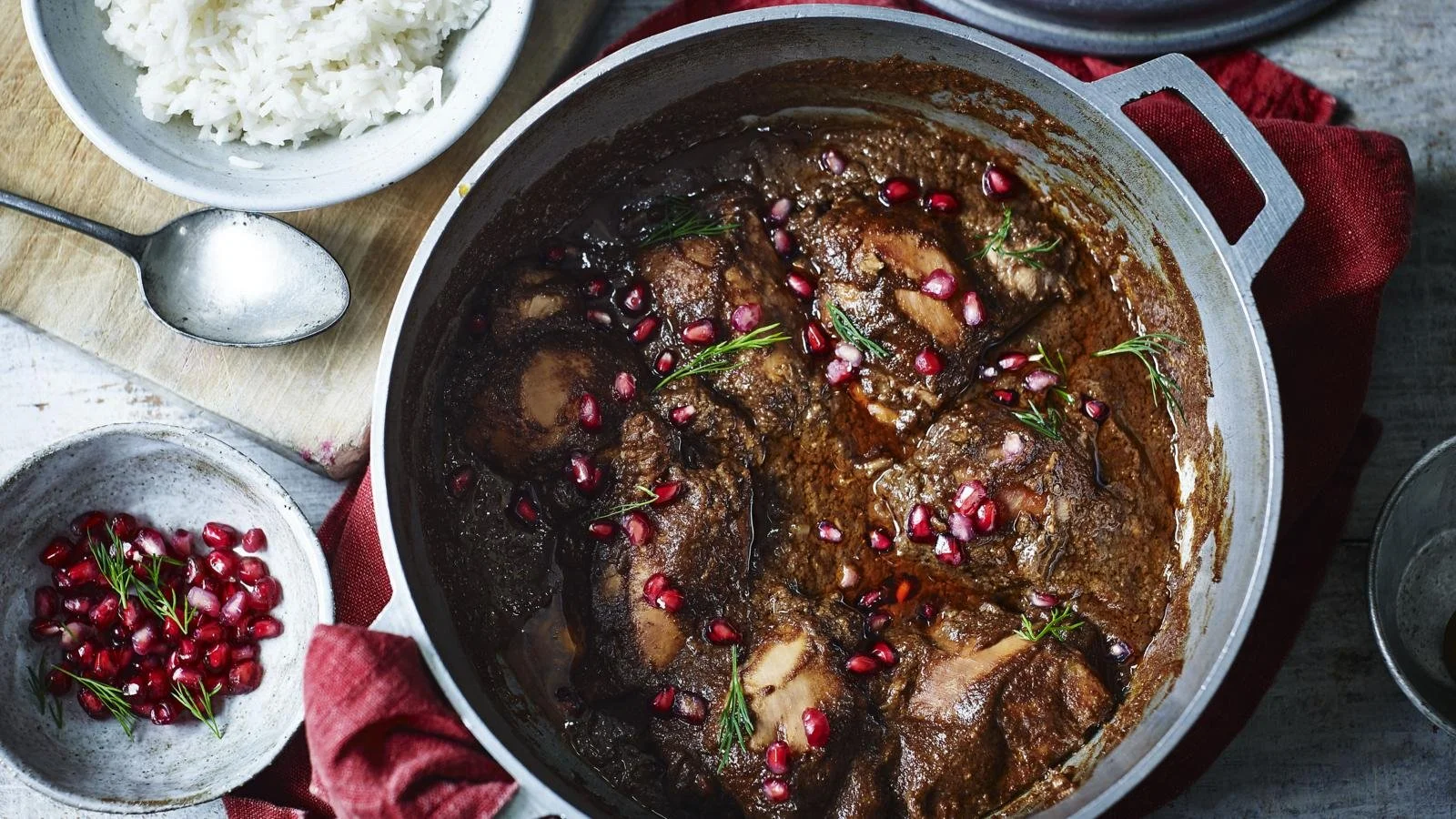Iranians or Persians have used traditional remedies to cure every and any ailment.
Iranian Traditional Medicine or ITM is focused on 6 core principles:
1. Nutrition
2. Environment
3. Physical Activity
4. Sleeping Patterns
5. Emotions
6. Ridding Body of Waste
Through these pillars, ITM is said to believe there to be 4 different body types:
1. Phlegm or Balgham
Excessive phlegm characteristics include: feeling heavy, especially the eyelids and the head, getting puffy and swollen, feeling cold, sweaty palms, dehydrated, increased mucus production, watery eyes and runny nose, thick saliva, weakened muscles, saggy skin, sleepiness and lethargy, trouble waking up especially in places with high humidity, poor memory, dizziness, difficulty learning something, difficulty digesting food, diarrhea and having a sour burp
2. Blood or Dam
Excessive blood characteristics include: dizziness, lightheadedness, frequent yawning, fatigue, red and bloodshot eyes, red skin tone, bleeding gums while brushing, frequent nosebleeds, having a sweet taste in the mouth upon waking, heavier than normal or prolonged menstrual bleeding, itchy hot and damp skin
3. Yellow Bile or Safra
Excessive yellow bile characteristics include: yellowing of the skin and eyes, having a bitter taste in mouth, acne on the scalp, dry skin, dry eyes, dry nasal passages, prone to wrinkles, dark circles under the eyes, having a loss of appetite, feeling nauseous, itching in genitalia or rectum, feeling an unquenchable thirst, having trouble sleeping, easily stressed and a strong smelling bodily waste
4. Black Bile or Sauna
Excessive black bile characteristics include: darkening of the skin and developing brown skin patches, prone to wrinkles, dull skin, dark circles under the eyes, muscle cramps, painful menstrual cramps, irregular menstrual cycle, having depressing and negative thoughts, poor sleep, nightmares, darker waste materials (sweat, urine), constipation, excessive unwanted hair and feeling depressed or isolated
The impact on and of these bodies is dependent upon the “hotness” or “coldness” of the food.
Each food has a different effect on the human body’s metabolism based on what type of body it is. This is why in every Persian dish, you will see a very delicate balance of spices and herbs, because the objective is to maintain a balance between the hotness and coldness of foods, so as to support each of these four body types.
For example, rice is seen to be a cold food. This is why in Persian dishes you will see rice always served with a stew, which is said to be hot.
Foods that are hot are usually eaten during cold weather to keep the body warm and prevent disease. Foods that are cold are usually eaten during warm weather to provide strength and steadiness in body temperature. When we combine hot and cold foods, it helps to create this harmonious blend.
Hot Foods Include:
Almonds
Basil
Bay Leaf
Cardamom
Chickpeas
Cherry
Apricot
Dates
Coconut
Mango
Peach
Chives
Leek
Onion
Pumpkin
Honey
Saffron
Mint
Rosewater
Butter
Poultries
Goat Milk
Lamb
Shrimp
Basil
Ginger
Turmeric
Brown Sugar
Chilli
Cinnamon
Coffee
Black pepper
Garlic
Mustard
Rosemary
Vinegar
Cold Foods Include:
Kiwi
Apple
Lemon
Orange
Pear
Pineapple
Strawberry
Watermelon
Asparagus
Celery
Cucumber
Eggplant
Green leafy vegetables
Lettuce
Mushroom
Spinach
Tomato
Watercress
Cheese
Egg
Cow milk
Beef
Fish
Yogurt
Cream
Rice
Kefir
Salt
Tea
Green tea

